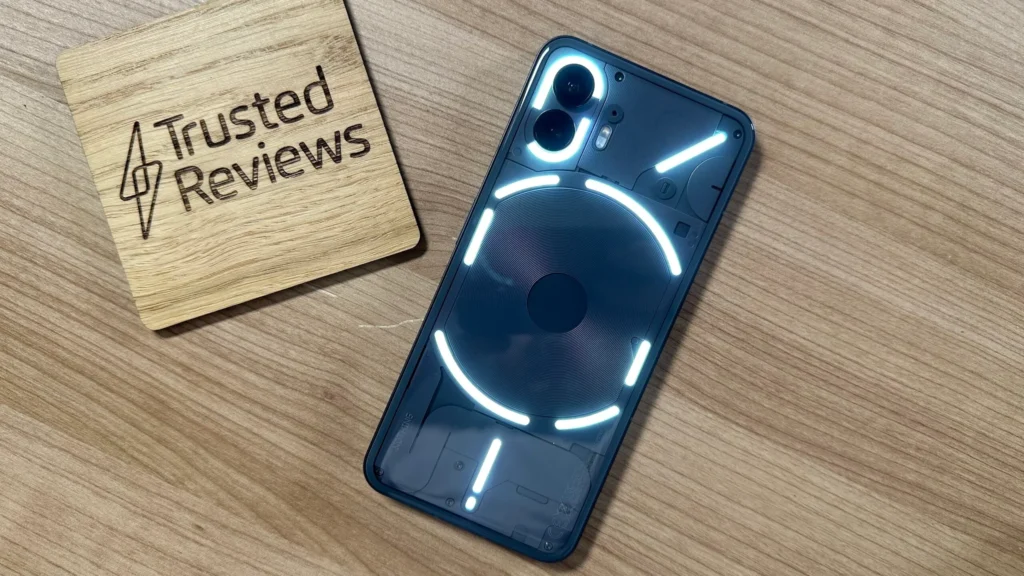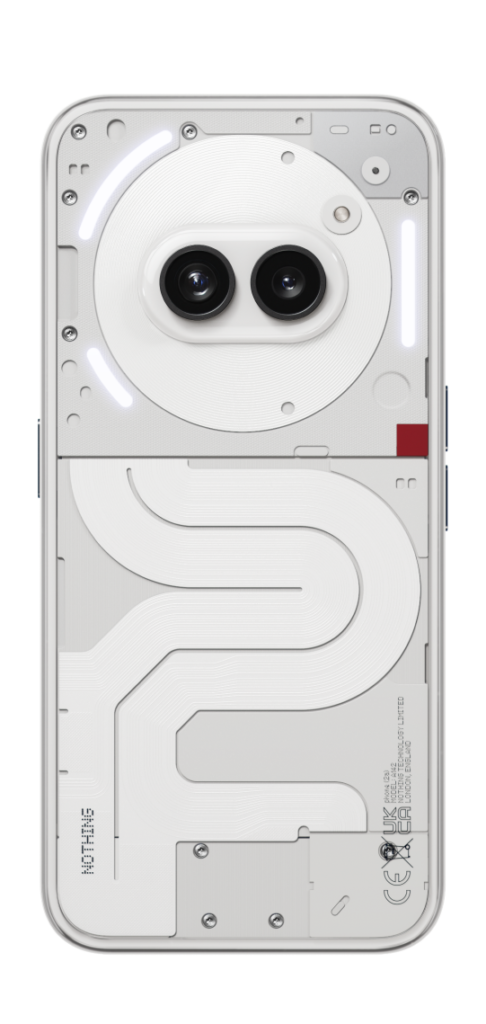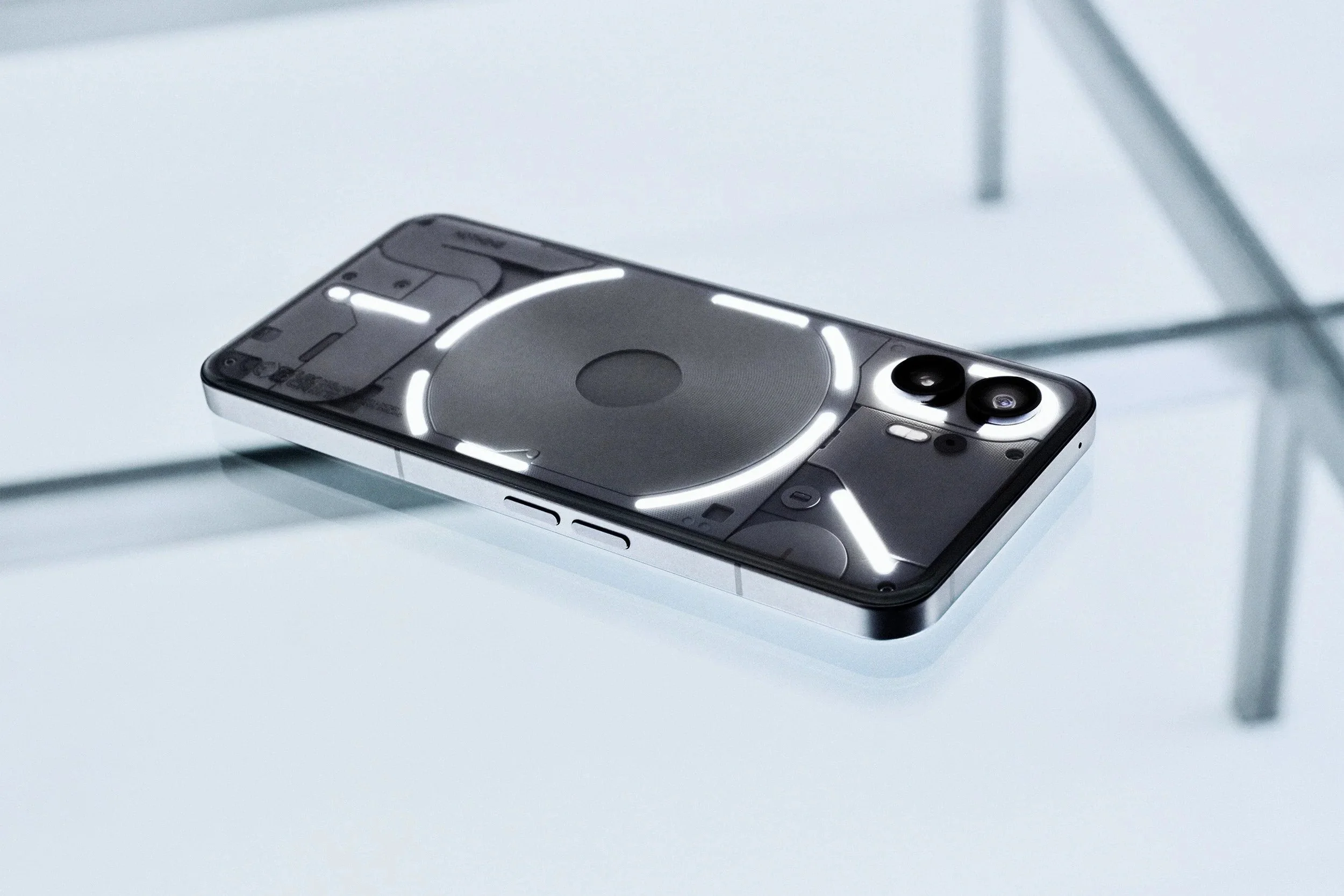Covering a big mobile trade exhibition with this $350 Android phone from Nothing was a breeze.
It is affordable! Superb execution. Display is clear and bright. Lovely, interesting design. Fun Glyph lights and a sophisticated software interface. long battery life. Contactless payment using NFC. Four years of security updates and three operating system upgrades. sturdy fingerprint sensor built into the display.
Typically, budget phones do not offer very good performance. They lack several niceties present in flagships, have subpar cameras, and have a dull, plasticky appearance. The Phone (2a), the newest smartphone from Nothing, does not follow any of their hallmark pitfalls.
For the past two weeks, I have been using this $349 Android smartphone as my primary phone while covering the Mobile World Congress 2024 trade exhibit in Barcelona. I need my cellphone to be dependable and fast so that I can take images, answer urgent messages, and type notes at these rigorous conventions. It must also continue long enough for me to finish my work without looking for a way out. Despite doing all of that, the Nothing Phone (2a) maintained its elegance and charm.
Though there are not many options available in the US, there are comparable phones for people outside of the country who desire speed at a reasonable price—have a look at the Poco X6 Pro. The Phone (2a) from Nothing is a unique combination of affordability and aesthetic appeal, speed and smooth software interface, and respectably lengthy software support. In summary, its advantages readily outweigh its drawbacks.

First of all, it is important to remember that Nothing is still a tiny smartphone manufacturer and that there are some complications with this launch. While the Phone (2a) is sold exclusively through developer programs in the US, it is available in a number of other countries. To buy it, however, you do not have to be a developer; simply register, and if you are approved, you will receive a link to buy the gadget. Only the 12 GB RAM and 256 GB storage model is available in the US for $349; in other regions, a base 8 GB RAM and 128 GB version is available for £319 or €329.
It is possible that utilizing the smartphone on Verizon will cause some problems for you. T-Mobile customers will benefit the most from the Phone (2a), as it supports the 5G bands offered by the carrier. I have been using it with AT&T, and while I was initially only able to connect to 4G LTE due to issues with 5G networks, that has since changed. I have been on 5G ever then, and I have not experienced any problems with calls or messages.
This phone reminds me a lot of the original Google Pixel 3A, which came out in 2019 and neatly packaged all the essential components of a phone into a $400 compact. However, in this case, Nothing succeeds in making a significant impression on the physical specifications despite aiming to create a budget phone.
Let us start with the 6.7-inch AMOLED screen. It boasts a maximum brightness of 1,300 nits and a screen refresh rate of 120 Hz. It feels responsive, has a crisp 2K resolution, and I had little trouble reading the screen in the Barcelona sun.
Additionally, nothing has jammed a 5,000-mAh battery cell within the Phone (2a), and by the time I went to bed during the hectic days of the MWC trade show, I usually had between 30 and 20 percent of my battery left. These were days with a lot of utilization. When things were light and average, I ended up with about 50% of the phone’s capacity remaining, which was plenty to get me through part of a second day’s use on a single charge.
The performance is the most outstanding. Not a single stutter has occurred when using this phone. That is in addition to using several apps at once and engaging in games like Alto’s Odyssey and Pako Forever. Within is a powerful MediaTek Dimensity 7200 Pro chipset. It did perform comparably to the Samsung Galaxy A54 5G from the previous year in my benchmark tests. On the other hand, I had to cope with several stutters on that phone but none on the Nothing.
Which leads me to the program. Nothing devices are exceptional due to their hardware and software optimization. It does indeed run Android 14, but Nothing’s interface has a pleasing appearance and unique feel to it. With a selection of sophisticated, minimalist widgets, it has a futuristic vibe. (I adore the lock screen compass widget that lets you easily determine your bearings.) This degree of individuality permeates both the humorous ringtones and notification alerts that come pre-installed on the phone and those that you create yourself using Nothing’s Glyph Composer software.
The Glyph interface should not be overlooked. The Nothing Phone (1) was the device that initially debuted this LED illumination technology on the back. The Phone (2a) has fewer LEDs, only three zones surrounding the cameras, but those LEDs can light up for various events, such as receiving notifications, setting the volume, watching a timer expire, or even when music is playing. Even after two generations of Nothing phones, this functionality still feels gimmicky to me. However, it is interesting, fun, and perhaps useful. I particularly enjoy turning the phone upside down and ignoring the screen until a light glows. I appreciate watching people’s shocked faces as the phone flashes back.
Three Android OS upgrades and four security updates are on the way for the Nothing Phone (2a). While this is not as excellent as what Samsung or Google offer at a slightly higher price point, it is still better than most phones that cost less than $350. As a result, you can confidently hang onto the phone for a number of years without having to worry about losing out on new features or security patches when the next Android version is released.
Mr. Roboto

Visit my buying guide to see what the majority of inexpensive phones look like if you have not already. The majority of phones under $400, excluding Pixel phones, are boring, but the Phone (2a) has a lot of personality. It looks like a charming tiny robot phone thanks to the camera placement, and the red accent adds a lovely touch. Nothing feels quite like glass when it comes to the material used for the back, which is plastic. It simply has an unfavorable tendency to gather a lot of dust.
The two cameras—a 50-megapixel primary camera and a 50-megapixel ultrawide—serve as the robot’s eyes. I shot a few pictures next to the $499 Google Pixel 7A, and in general, the Google phone captured more detail and performed better in difficult lighting situations (it also boasts a far better selfie camera). Despite having a less powerful camera system than the Pixel, the Phone (2a) had a good showing; in some situations, it offers colors that are more accurate to life than the Pixel. For the price, it is more than satisfactory.
What concessions are there, then? With an IP54 rating for water resistance, this phone is not meant to be submerged, but it should be just OK in the rain. Additionally, it lacks wireless charging and a headphone jack, if that is important to you. If you are a US resident and have been approved as a developer—which, again, you should be—you will also need to confirm that it functions on your network.
That is all there is to it. The Nothing Phone (2a) is an elegant, capable device that will function as hard as you ask of it and look good doing it. Regardless of price, this smartphone is a no-brainer that everybody can enjoy.
